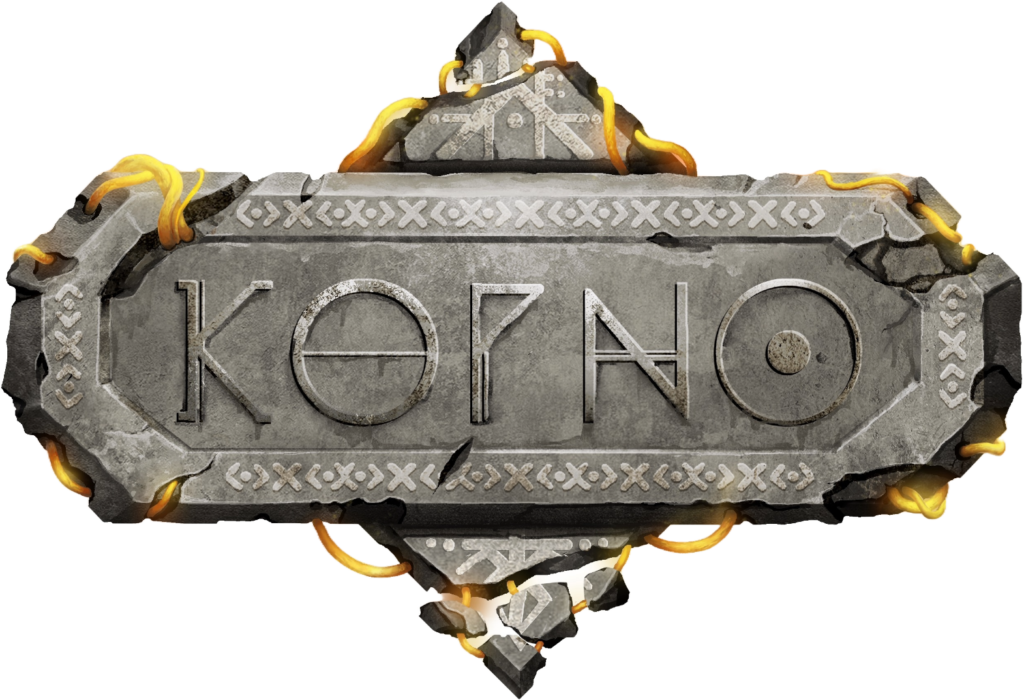“In the ancient days, long before the rise of the mortal races, there was a civilization of unparalleled wisdom and power, known as the Sintherans. They delved into the deepest mysteries of the world, mastering the arcane arts and unlocking the secrets of life and death. Their dominion was unmatched and their knowledge vast.
But as time passed, other races began to emerge upon the fair continent of Akal. The High Elves, noble and wise, the industrious Dwarves, and the burgeoning race of Men. Yet there were those of darker hearts: the cunning Dark Elves, the savage Orcs, and the treacherous Goblins. War and strife spread like a shadow across the land. Resources dwindled, and reckless experiments with forces beyond their ken brought forth calamities.
Foreseeing the doom that would befall Akal, the Sintherans chose to depart. They took to the sea, leaving their ancestral home behind, severing all ties with the land they once ruled. Across the vast ocean, they found a new haven, where they prospered in isolation, awaiting the time when they might reveal themselves once more.
For millennia, the fires of war burned unceasingly on Akal. The High Elves, allied with Dwarves and Men, waged bitter battles against the Dark Elves, Orcs, and Goblins. The land was scarred by conflict, even as civilizations grew and evolved.
Then, one fateful day, a great explosion rent the skies far across the ocean. Its shockwaves reached even the distant shores of Akal. In its wake, a land shrouded in mist was revealed, and from this enigmatic place, an enormous stele emerged upon the western shores of Akal. Crafted from an unknown metal and adorned with runes of strange beauty, it spoke of a land called ‘KOPNO’ which meant ‘’Our Continent’ in the tongue of the ancients.
The races of Akal, driven by curiosity and ambition, sought to claim the stele and its secrets. Thus began the dread ‘Neldor Gwaen Sarnr’ or the Hundred Grim Days in elvish tongue. Allies turned against one another, and for one hundred days, the land was soaked in blood. Over fifty thousand perished in relentless battles, their cries echoing through the ages.
In the aftermath of such horror, the Elves, with their enduring wisdom, proposed a truce. In the newly founded town of Seahaven, they forged a fragile peace around the mysterious stele. Here, two docks were built, offering passage to the enigmatic land of KOPNO and all scholars could study the artefact in total freedom.
Now, it is the year 1237, eight centuries since the Hundred Grim Days. The allure of KOPNO’s secrets, fueled by tales of wonder and wealth, still draws adventurers into the perilous mists. But none who have ventured forth have returned to tell their tale. The mysteries of KOPNO remain, shrouded in legend and shadow, awaiting those brave enough to uncover them…”





